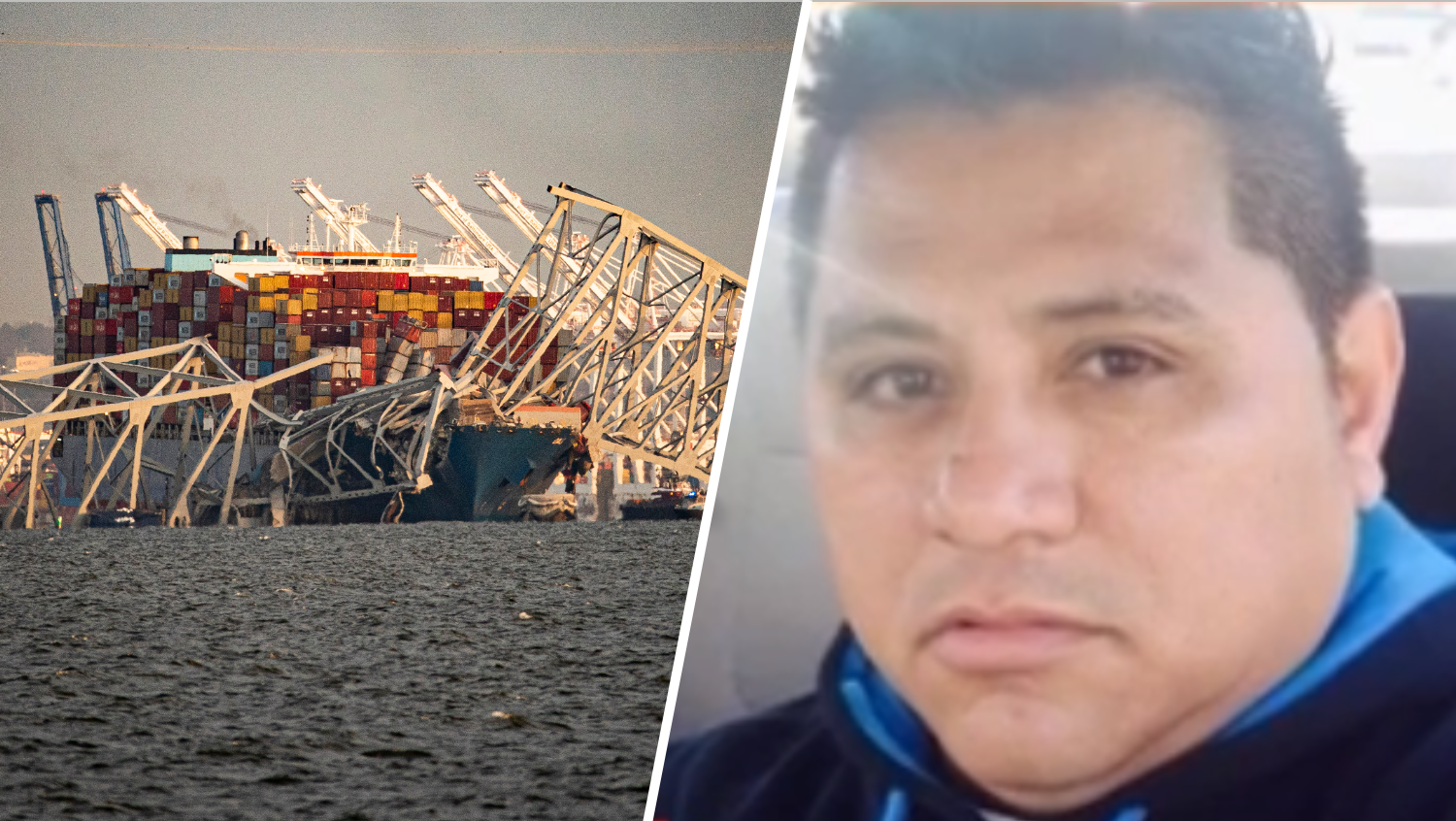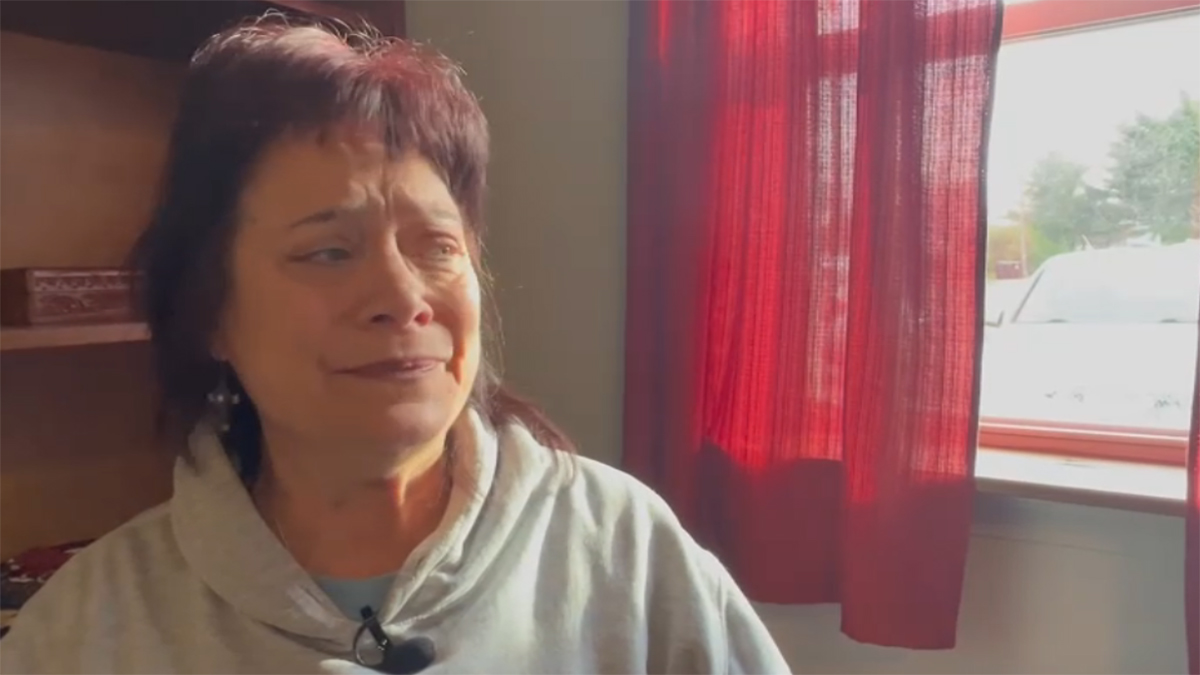The video is shocking. Baltimore’s Francis Scott Key Bridge snapped and crumpled into the Patapsco River within seconds of being struck early Tuesday by a huge ship loaded with cargo.
A search for missing workers who plunged into the river is ongoing, and a full investigation has just begun.
Exactly where the Dali cargo ship hit the bridge and exactly when it lost power were catastrophic, experts said, according to their initial analysis. Here’s what they said about the disaster.
The Dali hit the Key Bridge in a crucial location
We've got the news you need to know to start your day. Sign up for the First & 4Most morning newsletter — delivered to your inbox daily. Sign up here.
George Washington University professor Sameh Badie is an expert in bridge engineering. Appearing live on News4 with a model of a bridge, he explained why he believes the bridge collapsed so fast.
The Dali struck a key support of the bridge, near a long span between two supports.
"Unfortunately, the ship hit one of the piers of the bridge, and the bridge is not designed to span … the distance," he said.
U.S. Secretary of Transportation Pete Buttigieg took a question on Tuesday afternoon about the safety of the country’s bridges. He pointed to the tremendous force of a loaded cargo ship.
"I do not know of a bridge that can withstand a direct impact from a vessel of this size."
Pete Buttigieg, U.S. transportation secretary
The Dali lost power at a key moment
The Dali lost power at the worst possible moment, maritime historian Sal Mercogliano of Campbell University said.
“Unfortunately, the loss of power, this exact moment, was the problem, because a few seconds later, they're under the bridge and perhaps run aground,” he said.
He reviewed video of the moments before the ship slammed into the bridge. The ship going dark was the first sign of trouble.
"That means every system on the vessel went offline, and that is the worst feeling for a mariner on board. Silence and darkness is the worst. That means you've lost propulsion; you've lost steering; you've lost control of the vessel," Mercogliano said.
The ship's lights went back on seconds later.
“What we're not sure about is whether or not that is the main power coming back on or the emergency power coming back on,” Mercogliano said. “If it’s emergency power, that means they don't have control.”
Then thick, black smoke was seen coming out of the ship’s smokestack.
“That's usually an indication that they're trying to back down the engine, that they're perhaps maybe wanting to try to slow down and stop,” Mercogliano said.
The port anchor was dropped, but at the speed the ship was going — 8 knots, or roughly 9 mph — that wouldn’t do anything.
News4 sends breaking news stories by email. Go here to sign up to get breaking news alerts in your inbox.
"A hundred thousand tons at 8 knots is a lot of a momentum, and it's very hard to control it when you lose propulsion and rudder control," Mercogliano said.
In the moments after the bridge's collapse, jagged remnants jutted up from the water's surface. The on-ramp ended abruptly where the span once began.




